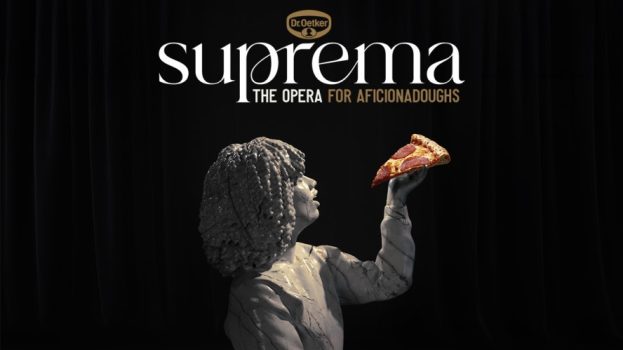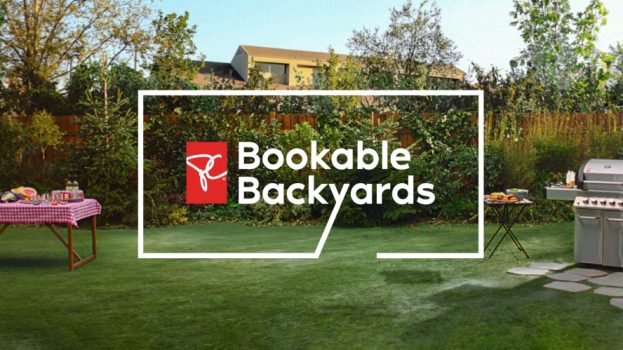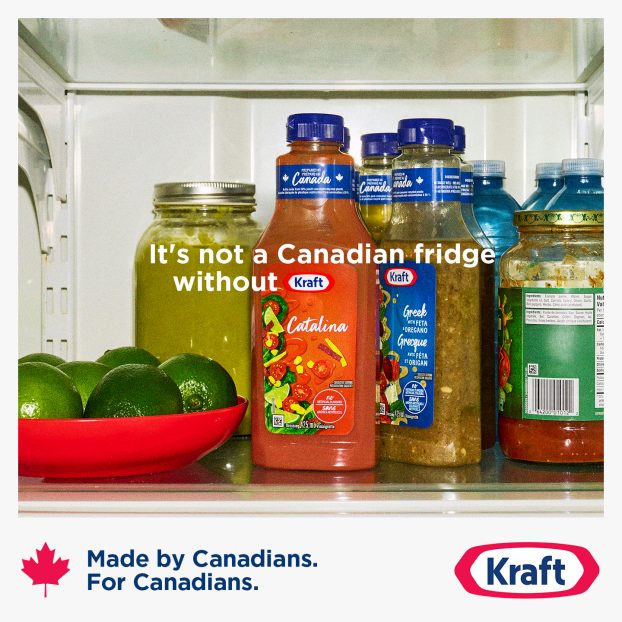By Jay Chaney
The entire ecosystem of the advertising business is on the cusp of a major, transformative metamorphosis similar in scale and scope to the changes that affected Blockbuster and the music industry, although in many ways this could be more difficult.
The fundamental economics on which the entire system was built is in question, and we are already seeing the effects. You need look no further than the radio and newsprint businesses to get a taste.
However, these are just symptomatic of a much larger issue. The foundation of advertising is shifting around us and this has implications that will ripple through to media and creative agencies, media channels, brand managers and even content producers and talent.
I want to make it clear that I am not crusading for “digital,” “social,” or even “mobile advertising.” In fact, I am not advocating advertising at all. I am making a plea for all of us to find a way to look at brand relationships with consumers in a different light, to connect with them in a whole new manner and to find different ways to monetize that relationship.
It all comes down to one simple fact: We currently value internet advertising at roughly $20 CPM (obviously there are variants, but let’s use this as a base), and for good reason given the quality of the creative experience and the fact that studies and personal experience suggests nobody pays attention to them. The internet landscape is global, fleeting and distracting. So what happens when TVs are ultimately and completely connected to, and infiltrated by, the full potential of the internet?
Our industry often sees the web as a “channel.” It’s not. It’s an underlying network that has come to serve just about everything we know. We are finally witnessing the ubiquity of that network – it’s in stores, cars, street signs, billboards and radio. Our banking even runs on it. It will become increasingly accessible and prevalent with better wireless distribution and access in a short amount of time.
Simultaneously, the same network gives consumers the ultimate power of choice, control and access to information, tools and other people. They can get product data, unfiltered reviews, innuendo, mock products and the best price available anytime they want. They can create, ignore, find and distribute information by themselves within seconds.
In effect, people have simultaneously become consumers, brands and, I would argue, channels themselves. A reorientation of mindset is absolutely critical to ingest and understand the full potential of this. It has enormous implications, especially if your business model benefits from a push-based world built on a broadcast/receiver model.
In a world driven by change and fragmentation, our natural instinct is to hedge our bets and be everywhere. While this approach feels safe, it only serves to dilute the experience at the individual touchpoint level, making us highly ineffective.
The opportunity is to form a direct bond with the consumer through product and service performance, enhanced value of that experience, and understanding and delivering on their very specific needs, and to hold on to that bond with the greatest of intent.
Our role as advertisers is to envelope our brands in experiences that add the greatest value to the lives of consumers. Whether it’s a content play, better packaging, a more personal in-store experience or product and service extensions/enhancements, the challenge for our industry is clear. In effect, we need to look at advertising and marketing as the art of creating value, not the art of persuasion.
As an example, one of our clients, Maison Orphée, a maker of oils, vinegars, sea salts and mustards, saw a 70% increase in sales in one year without spending a cent on media, but rather through a rebranding and repackaging that replaced the name of the product with how a consumer should optimally use the product – “For Salads and Sautéing.”
On a much grander scale, Starbucks in the U.S. spent roughly $94 million on measured media and saw revenues of $9 billion, which made it the third-largest QSR. Conversely, Burger King spent close to $301 million but trailed Starbucks in revenues. If you go through the exercise of dividing each major QSR’s revenues by their media spend, you will get a dollar figure that shows that Starbucks’ return is close to 9:1, which eclipses the category nearly three times. Starbucks can be said to have one of the most robust consumer-engagement strategies in any industry and, consequently, the hardest working media.
Many will dismiss this as future think, but the wave isn’t coming, it’s already at our shores. The value of a new, real relationship with an individual consumer is greater than the value of talking to many who may not care and the economics of our industry need to reflect this. The bottom line is, the conversation on the role and monetization of advertising needs to start now.
Jay Chaney is VP strategy at Montreal-based Lg2.
























